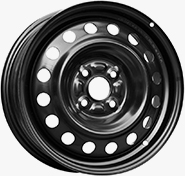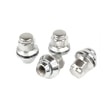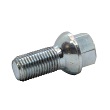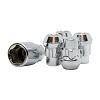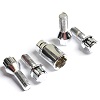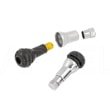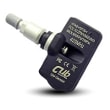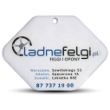Good winter tires are a guarantee of safe driving
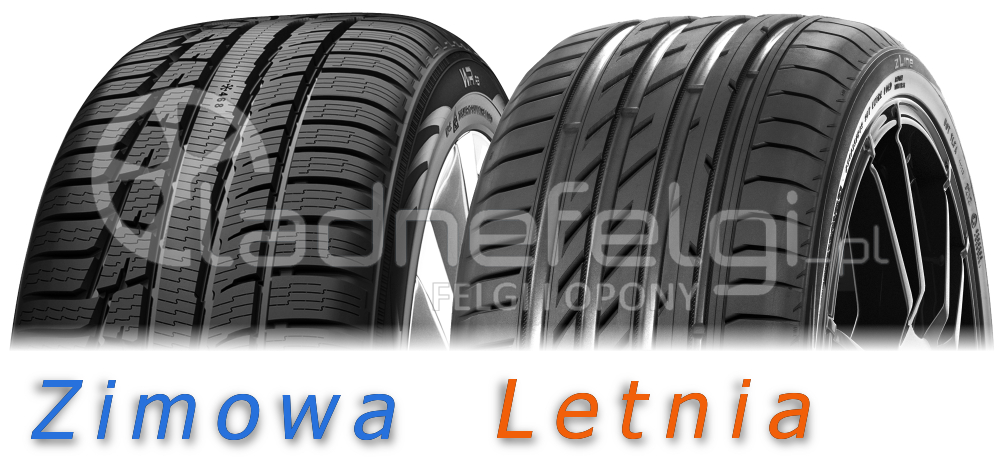
Aluminum rims have a huge impact on the overall appearance of a vehicle – we already know that. A wide range of colors and patterns allows you to perfectly match the rim to the body color and character of the vehicle. By investing in a specific model, you can give your car a unique look.
Although this year's winter has been a disappointment, there have been numerous accidents on Polish roads, including fatalities, caused by poor driving conditions. Even a slight drop in temperature below freezing, light snow or rain, and the road becomes "glass," making driving extremely challenging. To minimize the risks, follow a few tips that will be extremely helpful when driving on ice or snow.
Driving in winter requires high skill and considerable caution from drivers. It's important to be aware that problems, such as loss of traction or skidding, can arise at any moment. A car's susceptibility to such behavior depends largely on its winter preparation. It's not worth risking it when our health, or even our lives, are at stake; half-measures are not advisable.
Winter tires are essential!
In our country, unlike countries like Sweden, Latvia, and Finland, there is no obligation to change from summer tires to winter tires . Therefore, many drivers ignore this recommendation, choosing to traverse slippery streets on summer tires.
Drivers who aren't considering switching to winter tires often try to justify their decision by arguing that summer tires are better on dry ground, as the ground isn't necessarily wet at sub-zero temperatures. This is nonsense! Tires stiffen in low temperatures , and only "winter" tires are useful. This is possible thanks to the composition of the compound used to make them – due to the presence of silica , they don't harden and remain flexible at low temperatures. To illustrate the issue, here's how different braking distances vary between tires – at a speed of 50 km/h, winter tires will stop the vehicle in about 35 meters, while summer tires will extend this distance to as much as 43 meters!

Moreover, summer tires are not suitable for winter use due to their tread. The tread pattern on winter tires is based on sipes , or cuts and blocks that expand under the vehicle's pressure and "bite" into snow or ice. This significantly improves their grip compared to summer slippers, making them significantly safer .
What tires should you buy for winter?
Your search for winter tires should begin by selecting the size and speed and load ratings. For example, a 205/55 R16 tire has a width of 205 millimeters, 55 is the profile (55 percent of 205 mm), R denotes radial, and the last number, in this case 16, indicates the recommended rim size (in inches). The next step should concern tread type (see: link to article 9. Which tread should you choose?). It's also worth paying attention to the labels – the information on them will tell you about energy efficiency, wet grip, and noise level while driving. For winter tires, focus on the second number – for passenger cars, the letter rating ranges from A (the best) to F (the worst). The difference between classes is significant – braking distances at 80 km/h can vary by up to six vehicle lengths!

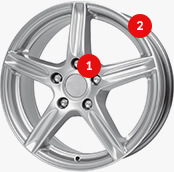

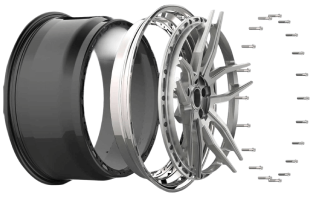
 Modern design
Modern design Perfect fit
Perfect fit High durability
High durability Free shipping within 24 hours
Free shipping within 24 hours
 Individual project
Individual project Dedicated caregiver
Dedicated caregiver